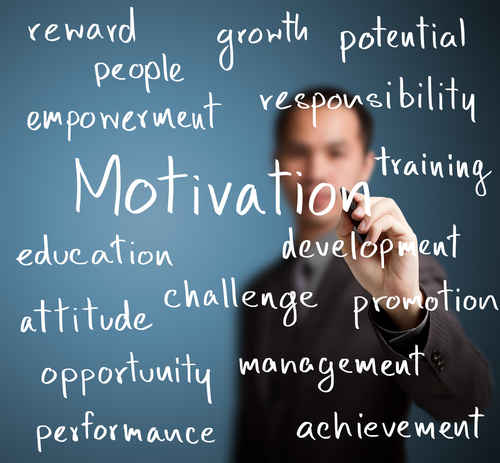In yesterday’s Advisor, we gave several activities you can use to keep your training engaging and motivational from start to finish. In today’s Advisor, we get expert advice on how you can use accelerated learning processes to motivate all of your trainees to absorb and apply your training content.
 |
Trainers can accelerate the process of learning for their students when they learn to incorporate all learning styles into their training. It is possible to do this in each and every training session, according to Gail Heidenhain, director and owner of Delphin, Inc., a consulting and training company in Georgia that helps companies, schools, and institutions create and maintain the capacity to learn throughout their organizations.
Heidenhain explained that accelerated learning is an alternative approach to teaching and learning that takes the thinking, emotional, and physical state of the learner into consideration when designing and running a training program. Her approach stressed the importance of incorporating the student’s preferences in learning styles into training to “accelerate” the process of learning. Some people learn better from a preferred learning style—some prefer reading text or written manuals; others do best with visual stimuli like images or video; and yet others learn most effectively through hands-on approaches.
Accelerated learning uses the arts, games, simulations, experiments, reflection, conscious and unconscious processing, and group dynamics to support learning. The process essentially creates a safe, stimulating learning environment for all types of learners.
Heidenhain explained accelerated learning as a multiphase cycle:
- Learner Preparation
- Connection/Discovery
- Creative Presentation
- Integration
Complimentary webinar: Best Practices in Goal Management – Wednesday March 11th! Learn the latest and greatest goal management secrets and how to apply them to their work environment! Click here to register today!
She explained that there are other variations to these phases and went through four of them for a simple illustration of the process.
1. Learner Preparation
This initial phase of learning takes place during the introduction to a training session or program. It includes the standard overview of content and objectives, but it also prepares the learner emotionally, mentally, and physically to learn. Heidenhain suggested several ways that trainers could prepare their students. One way is to guide them through a short imagery exercise to help them relax and focus on where they are and what they will do. For example, show students a collage of images and ask them to tell the group about a recent positive learning experience at work or elsewhere, and then connect that experience with the present session. A short metaphorical story related to the topic of the training also helps students relax and focus in a positive way on what they are there to do. The main goal of this initial phase is to get the students to think they are in the best place they could be for the moment.
2. Connection/Discovery
The Connection/Discovery Phase incorporates activities that help students connect emotionally to the subject matter. Connection activities include more guided imageries, simulations, stories, surveys or polls, role-playing, drawing, and experiments. Telling students they are going to do an experiment or participate in a simulation will usually stimulate them to pay attention and generate interest or curiosity. An experiment could be an exercise in which learners are divided into groups; each group answers a question or solves a problem and teaches the other groups the answer or solution. The activities of this phase will help create group dynamics among students and enable students to feel part of the activities and overall program.
3. Creative
This phase of learning teaches the subject matter that is the purpose of the training program. The subject matter is integrated with interactive lectures, skits, game show formats, more experiments, panel discussions, and simulations in which students experience the key concepts with imagery and/or hands-on activities.
4. Integration
This phase completes the accelerated learning cycle through opportunities for students to reflect on what they’ve learned. It provides closure to the training session or overall program. Give a brief presentation that shows photos, images, and key concepts of the subject matter, and some motivational thoughts or phrases. Keep eye contact with everyone and highlight some shared positive experiences of the training. Mention any humorous or meaningful moments that were shared in addition to summarizing the content or process.
Hidden within every goal is the potential fuel to perpetually drive performance upward. Learn more with this interactive (complimentary) webinar on March 11th. Click here for more information!
For more information about Accelerated Learning, e-mail Gail Heidenhain at gail@delphin-international.com.
